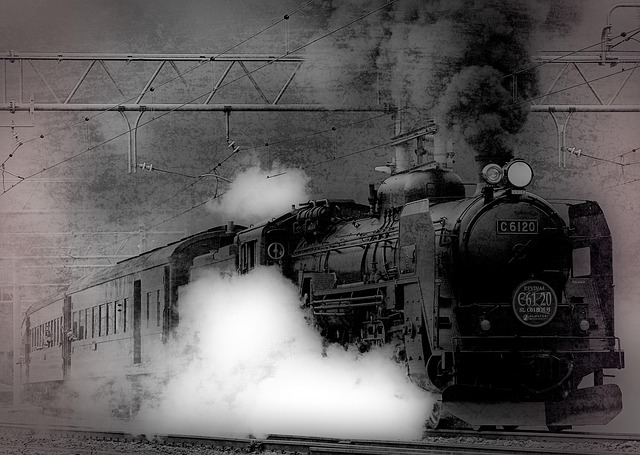In the realm of photography, few methods have had as profound an impact on our understanding of visual storytelling as the daguerreotype. This early form of photography, developed in the 1830s by Louis Daguerre, marked a revolutionary stride in both the art and science of capturing reality. As we delve into the evolution of this technique, we can appreciate the emotional resonance it holds in the canvas of our historical narrative.
The essence of the daguerreotype lies not just in its method, but in the intimate connection it fosters between the photographer, the subject, and the viewer. Each photo was a carefully crafted tableau of light captured on a silver-coated copper plate. The meticulous process required the expertise of an operator and offered a depth and detail that was unparalleled for its time. The optics involved were a delicate dance of refraction and light, bringing forth images that, although still, spoke volumes.
Imagine standing before a daguerreotype—a reflection of a past moment, an actual breath of air held within that frame. The gaze into a subject’s eyes, rendered in stunning clarity, invites an emotional connection that transcends time. This was where photography began to transform from mere documentation to a powerful medium of expression. The crisp details captured through the lens allowed viewers to witness the world in a new and profound way. Each image was an attempt to frame history, immortalizing details that would otherwise fade into obscurity.
The camera, as we know it today, owes a great deal to the foundational techniques pioneered by the daguerreotype. The demands for faster exposure times and easier processes led to further innovations in camera technology. Yet, while the mechanics evolved, the emotional weight of each frame persisted. Old daguerreotypes are like whispered secrets from the past, inviting us to contemplate the stories behind the faces. This interplay between the instrument and the art forms a poignant bond that resonates with anyone who has ever looked through a viewfinder.
In examining the impact of the daguerreotype, we see how this intricate relationship between optics, composition, and emotion persists in modern photography. The legacy of Daguerre reminds us that each click of the shutter is not merely a technical feat but a moment captured, a story told, a piece of history framed forever. As we continue to explore new avenues in photography today, the echoes of the past become more pronounced, reminding us of the profound beauty that lies within every image we capture.



